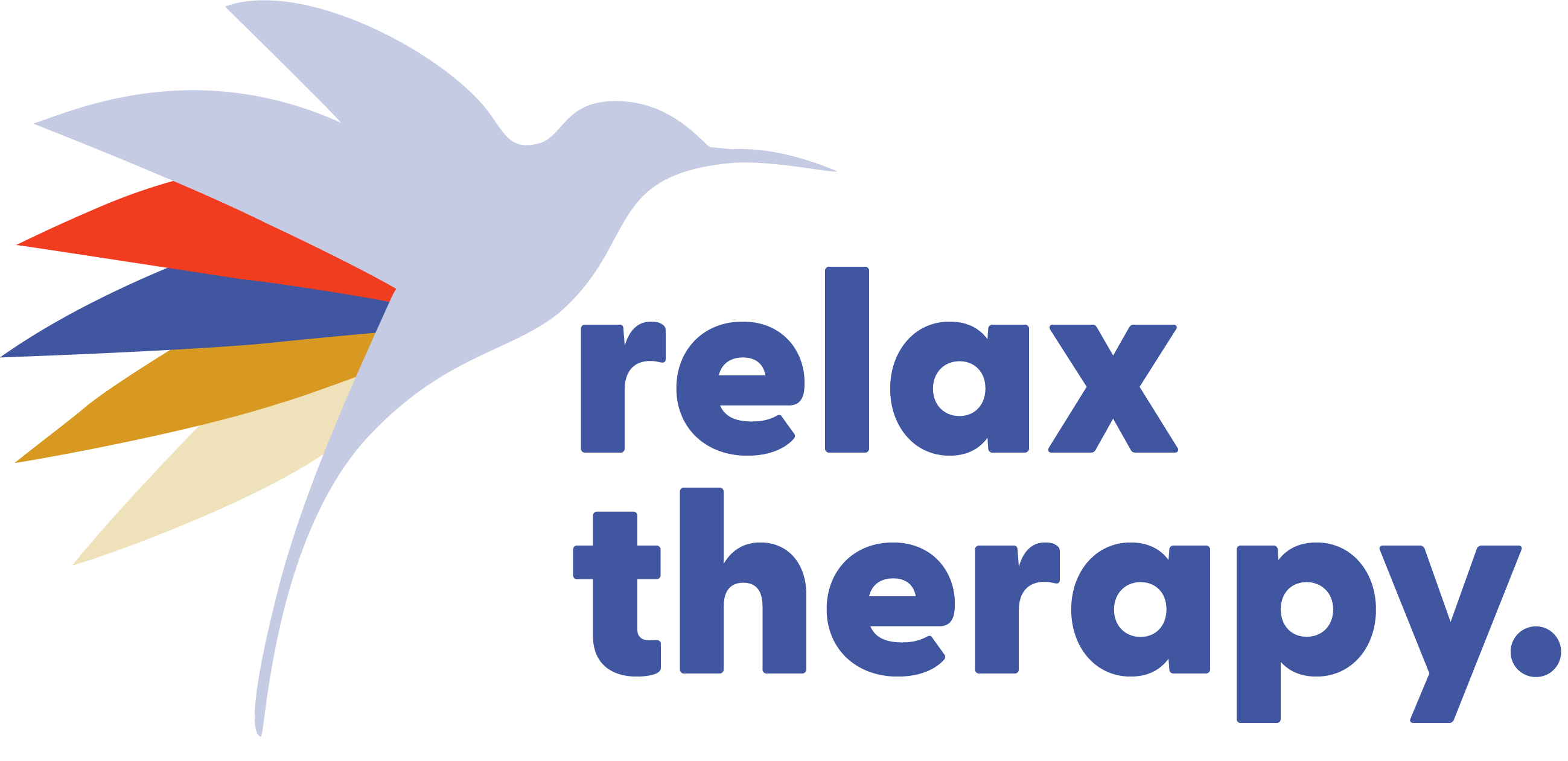Athletes are using pelvic floor therapy to improve performance and prevent injury.
In the world of elite athletics, every advantage counts. From advanced training techniques to specialized diets, athletes go to great lengths to optimize their performance and stay injury-free. One often overlooked aspect of an athlete’s training regime is pelvic floor therapy. Recently, this Pelvic Floor Physical Therapy has gained prominence among elite athletes, including members of the US Olympic delegation at the Paris Olympics. But why is pelvic floor therapy so important, and how can it benefit athletes?

What is Pelvic Floor Therapy?
Pelvic floor therapy involves exercises and treatments that target the muscles, ligaments, and fascia of the pelvic floor. This group of muscles forms a supportive bowl-like structure within the pelvis, holding organs such as the bladder, uterus, and bowel in place. Both male and female pelvic floors are essential for core stability, and any dysfunction can significantly affect physical performance.
Recent Developments and Increasing Awareness
Pelvic floor therapists made their debut at the 2016 Rio Olympics and have since become a staple among the medical professionals caring for Olympic athletes. The inclusion of pelvic floor therapy is due to the increasing number of athletes experiencing pelvic floor issues. Ariana Ramsey, a member of the US women’s rugby team, recently made headlines by utilizing these services at the Olympic Village, even though she wasn’t injured. She sought preventative care—a testament to the growing recognition of preventative and rehabilitative health in sports.
Benefits of Pelvic Floor Therapy for Athletes
Enhanced Core Stability
Core strength is crucial for athletic performance, and the pelvic floor is integral to the core. A strong pelvic floor enhances overall core stability, providing better support for the spine and internal organs during dynamic movements like jumping, running, and lifting.
Injury Prevention
Pelvic floor exercises help in preventing injuries by ensuring proper alignment of the pelvic area. This leads to more efficient energy use during fast and powerful movements. Athletes who incorporate pelvic floor exercises into their routines often experience fewer injuries and faster recovery times.
Improved Performance
When the pelvic floor is in good shape, the entire body functions better. Athletes can perform at their peak, with enhanced stamina, balance, and agility. This is particularly important in high-impact sports where the pelvic floor muscles endure significant strain.
Quality of Life
The benefits of pelvic floor therapy extend beyond athletic performance and into the realm of overall quality of life. For many athletes, maintaining optimal pelvic floor health can alleviate issues such as incontinence and pelvic pain, which can be common among individuals engaged in high-impact sports. By addressing these challenges through targeted therapy, athletes not only enhance their physical capabilities but also improve their mental well-being and daily comfort. A robust pelvic floor contributes to greater confidence and reduces anxiety surrounding performance and bodily functions, allowing athletes to focus entirely on their sport. Ultimately, pelvic floor therapy fosters a holistic approach to health that supports both athletic prowess and personal well-being.
Key Research and Insights
Research shows that pelvic floor dysfunction (PFD) is common among athletes, especially those participating in high-impact sports. Urinary incontinence (UI) is the most prevalent type of PFD, and systematic reviews indicate a higher incidence of UI among female athletes compared to non-athletes. Understanding the experiences of elite athletes with PFD can offer valuable insights into the importance of pelvic floor health in sports.
Misconceptions About Core Muscles
Many people, including athletes, believe that visible abdominal muscles are the core. However, true core strength comes from deep muscles, including the pelvic floor. The misconception that washboard abs equate to a strong core overlooks the critical role of the pelvic floor in overall stability and performance.

The Pelvic Floor in Detail
The pelvic floor consists of muscles, ligaments, and fascia that support pelvic organs. While the anatomical structure is similar in males and females, females have three openings (urethra, vagina, rectum) compared to two in males (urethra, rectum). Almost every physical activity engages the pelvic floor muscles, making their strength and functionality essential for athletic success.
Common Causes of Pelvic Floor Dysfunction
Three primary factors contribute to pelvic floor dysfunction:
- Pregnancy: The physical changes during pregnancy can weaken the pelvic floor.
- Age: Peri- and post-menopausal women can experience weakening pelvic floor muscles due to hormonal changes.
- High-Impact Exercise: Activities involving heavy lifting, jumping, and running place significant stress on the pelvic floor.
Conclusion
Incorporating pelvic floor therapy into an athlete’s training regimen can yield significant benefits, from enhanced performance to injury prevention. As awareness of pelvic floor health continues to grow, more athletes are likely to adopt these practices, gaining a critical edge in their respective sports.If you’re an athlete looking to optimize your performance and stay injury-free, consider integrating pelvic floor therapy into your routine. For personalized guidance and support, book a consultation with our expert therapist Sherryl DeVries. Your body will thank you.

